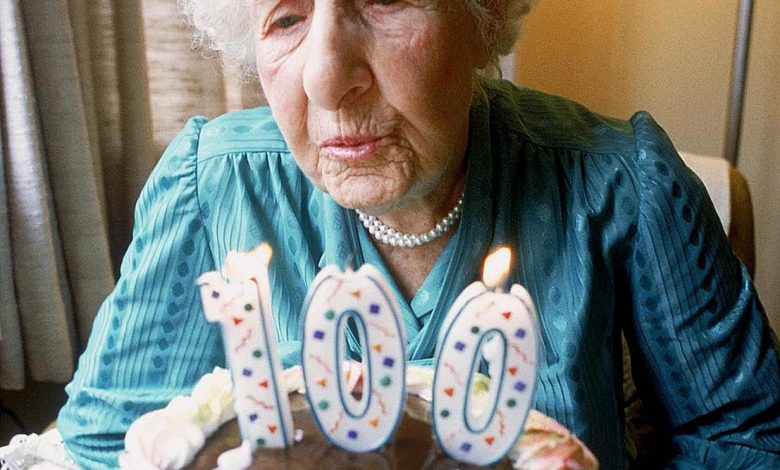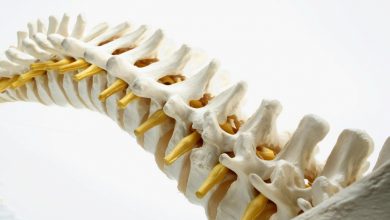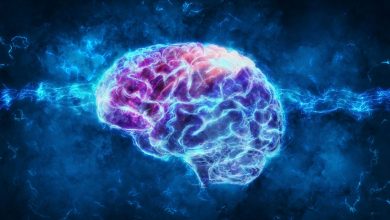
People always wonder what the key to living a long life is. While your diet, exercise, attitude, stress level, and sleep may play a part, a recent study identified another factor that could determine your longevity. According to the new study, a majority of people who live past 105 years old have this one thing in common – A unique genetic background!
This is the first time that people with ‘extreme longevity’ have had their genomes decoded in such detail, providing clues as to why they live so long and manage to avoid age-related diseases.
“Aging is a common risk factor for several chronic diseases and conditions,” explains Paolo Garagnani, Associate Professor at the Department of Experimental, Diagnostic and Specialty Medicine, University of Bologna, Italy, and a first author of the study. “We chose to study the genetics of a group of people who lived beyond 105 years old and compare them with a group of younger adults from the same area in Italy, as people in this younger age group tend to avoid many age-related diseases and therefore represent the best example of healthy aging.”
Garagnani and colleagues, in collaboration with several research groups in Italy and a research team led by Patrick Descombes at Nestlé Research in Lausanne, Switzerland, recruited 81 semi-supercentenarians (those aged 105 years or older) and supercentenarians (those aged 110 years or older) from across the Italian peninsula. They compared these with 36 healthy people matched from the same region who were an average age of 68 years old.
They took blood samples from all the participants and conducted whole-genome sequencing to look for differences in the genes between the older and younger group. They then cross-checked their new results with genetic data from another previously published study which analysed 333 Italian people aged over 100 years old and 358 people aged around 60 years old.
They identified five common genetic changes that were more frequent in the 105+/110+ age groups, between two genes called COA1 and STK17A. When they cross-checked this against the published data, they found the same variants in the people aged over 100. Data acquired from computational analyses predicted that this genetic variability likely modulates the expression of three different genes.
“We chose to study the genetics of a group of people who lived beyond 105 years old and compare them with a group of younger adults from the same area in Italy, as people in this younger age group tend to avoid many age-related diseases and therefore represent the best example of healthy aging,” Paolo Garagnani, said in the statement.
What they found was that people who live beyond 105 years tend to have some genetic similarities.
These genetic similarities are linked to reduced age-related disease.
The researchers identified a handful of genetic variances that were more often seen in people who lived past 105. The most common were linked to heightened activity of the STK17A gene, which is responsible for “coordinating the cell’s response to DNA damage, encouraging damaged cells to undergo programmed cell death, and managing the amount of dangerous reactive oxygen species within a cell,” the authors explained. This highly active STK17A gene helps combat the initiation and growth of various diseases, including cancer.
The researchers also found an increased presence of BLVRA among people 105 years old and older—that gene plays an important role in the health of cells.
The final common genetic trait was in the COA1 gene, which plays an essential role in your cells’ functionality, specifically how the nucleus and mitochondria communicate. Other research has shown that your mitochondria plays a key part in age-related diseases, specifically neurodegenerative ones, meaning the COA1 gene helps stave off this kind of deterioration.
The most frequent genetic changes are also linked to reduced activity of the COA1 gene in some tissues. This gene is known to be important for the proper crosstalk between the cell nucleus and mitochondria — the energy-production factories in our cells whose dysfunction is a key factor in aging.
Additionally, the same region of the genome is linked to an increased expression of BLVRA in some tissues — a gene that is important to the health of cells due to its role in eliminating dangerous reactive oxygen species.
“Previous studies showed that DNA repair is one of the mechanisms allowing an extended lifespan across species,” says Cristina Giuliani, Senior Assistant Professor at the Laboratory of Molecular Anthropology, Department of Biological, Geological and Environmental Sciences, University of Bologna, and a senior author of the study. “We showed that this is true also within humans, and data suggest that the natural diversity in people reaching the last decades of life are, in part, linked to genetic variability that gives semi-supercentenarians the peculiar capability of efficiently managing cellular damage during their life course.”
People who live past 105 had accumulated fewer harmful genetic mutations.
The researchers found that people older than 105 had fewer mutations in the genes they tested. Mutations tend to negatively affect how your genes function in terms of stress and DNA repair. The researchers said the subjects they studied “appeared to avoid the age-related increase in disruptive mutations, and this may have contributed in protecting them against diseases such as heart disease.”
Other studies pinpointed DNA repair as one of the factors that promotes longevity in other species, senior author of the study Cristina Giuliani, PhD, said in a statement. “We showed that this is true also within humans,” she explained.
“Our results suggest that DNA repair mechanisms and a low burden of mutations in specific genes are two central mechanisms that have protected people who have reached extreme longevity from age-related diseases,” senior author of the study, Claudio Franceschi, PhD, said in a statement.
These discoveries are no doubt headline-worthy, but the mind races with possibilities moving forward as well. These findings are preliminary, but could they open the door toward a better understanding of human longevity in general? If so, would it be possible to extend these genetic advantages to the rest of us?





